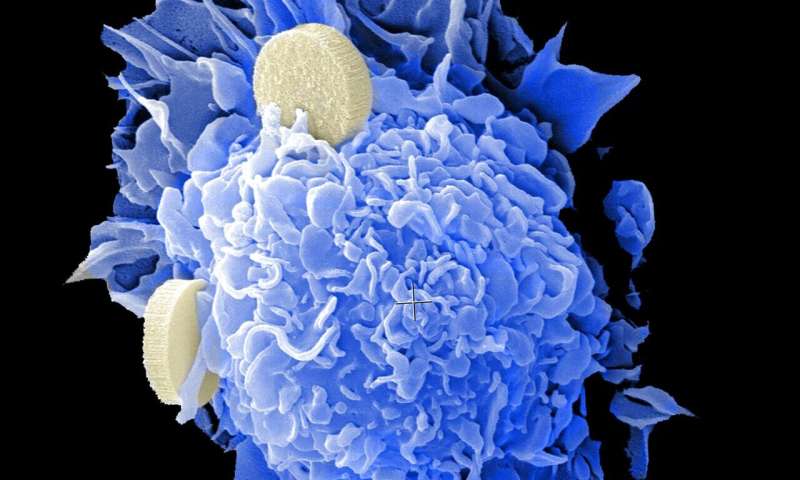

An educational video about hospice care can provide valuable information for patients with advanced cancer and their caregivers, improve perceptions of this quality form of care at the end of life, and increase its use. These are the findings of a study published early online in Cancer, a peer-reviewed journal of the American Cancer Society (ACS).
Hospice delivers high-quality care to patients who are dying, and it typically uses less aggressive and less costly care at the end of life. Despite high patient and caregiver satisfaction with hospice, less than half of patients in the United States die while under hospice care and many use hospice for only several days.
To provide more awareness about hospice, Areej El-Jawahri, MD, of Massachusetts General Hospital, and her colleagues developed a hospice video educational tool for patients with cancer and their caregivers. In their study, the researchers randomized 75 patients (with 18 caregivers) to watch a six-minute video depicting hospice and 75 patients (with 25 caregivers) to receive a verbal description identical to the message in the video.
After receiving the information about hospice, patients were asked whether they would prefer to receive hospice at the end of life. Although there was no difference between the groups concerning patients’ preferences about hospice, patients in the video group reported greater knowledge about hospice than patients in the verbal description (control) group, and they were less likely to feel that hospice is only about death (6.7 percent versus 21.6 percent). Among patients who died, those who were in the video group were more likely than those in the control group to have used hospice (85.2 percent versus 63.6 percent) and to have used hospice for a longer length of time (median of 12 versus three days).
Among caregivers, those in the video group reported greater knowledge about hospice than those in the control group, were more likely to prefer hospice for their loved ones (94.4 percent versus 65.4 percent), and were less likely to feel that hospice is only about death (0 percent versus 23.1 percent).
Source: Read Full Article